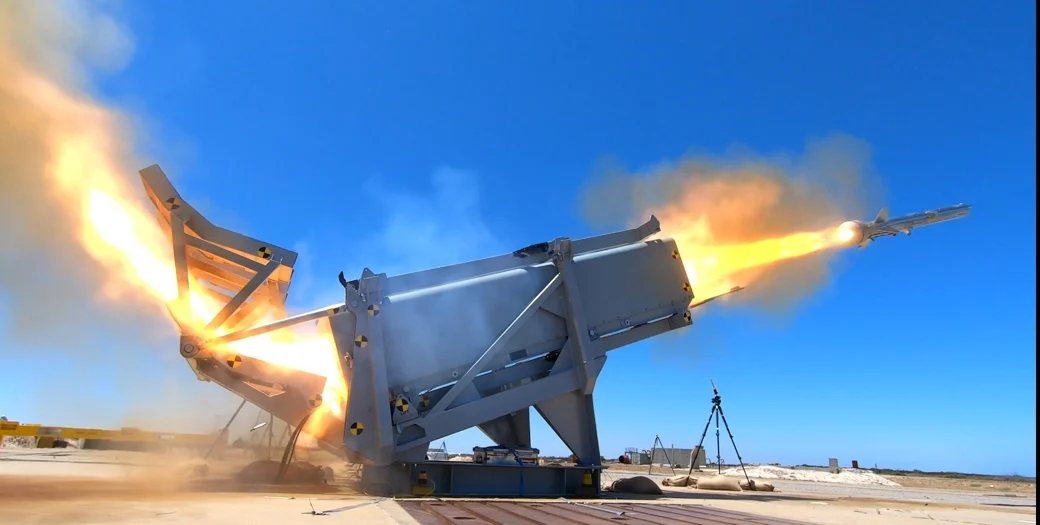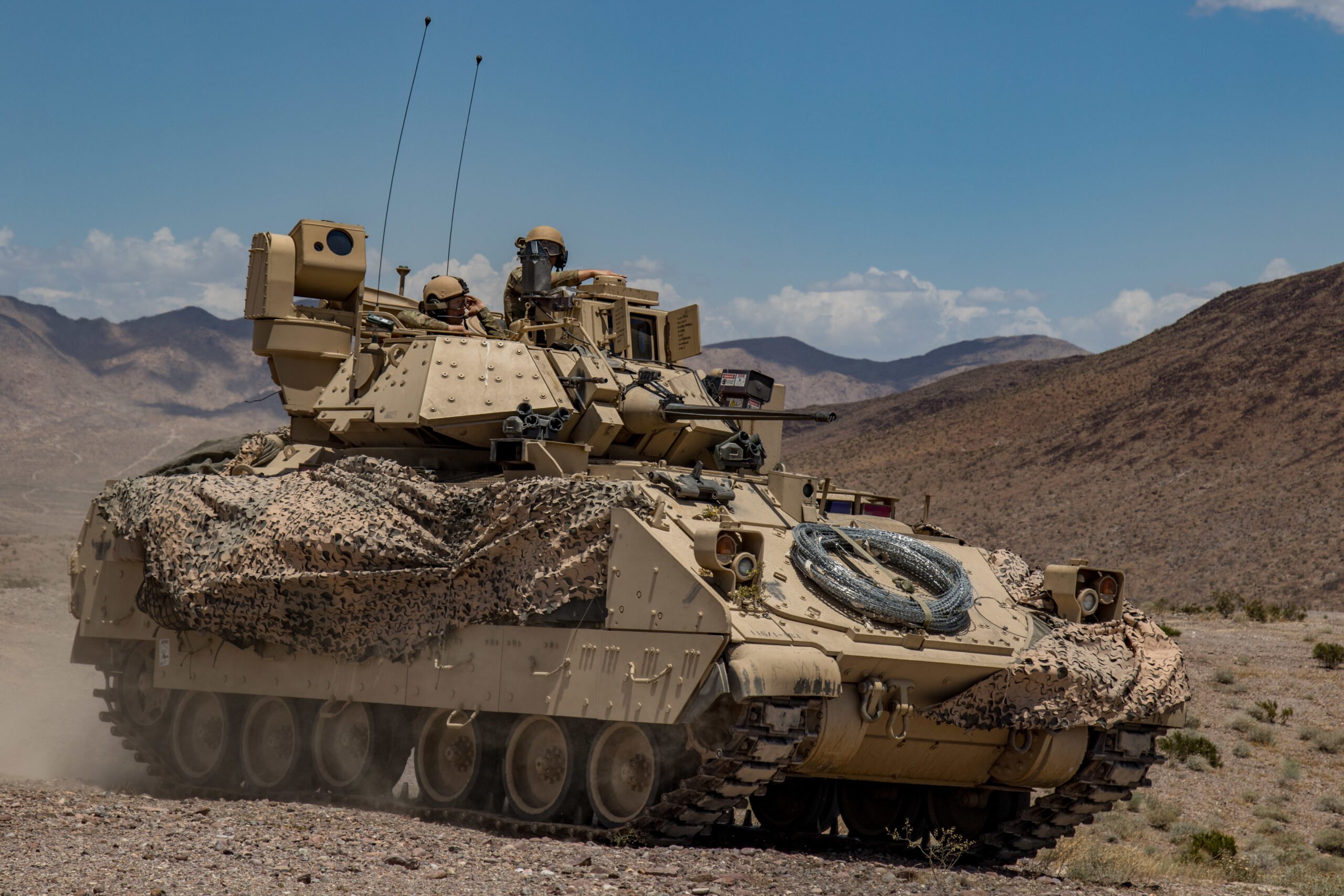MANILA, Philippines — The ongoing tension between China and the Philippines has escalated following China’s renewed condemnation of the U.S. Typhon missile system stationed in the Philippines. Senior Colonel Wu Qian, a Chinese defense spokesperson, expressed concerns during a press conference in Beijing, labeling the missile system’s deployment as an aggravating factor in regional geopolitical confrontations. He reiterated calls for its immediate withdrawal, framing it as a source of heightened tensions between the nations.
Since its introduction in April, the Typhon medium-range missile system has been located at a military base in northern Philippines, coinciding with annual joint military exercises between the U.S. and the Philippines, emphasizing the longstanding alliance between the two nations. Recently, Philippine Chief of Staff Gen. Romeo Brawner advocated for the permanent presence of these missile systems, citing their potential to enhance national defense and deterrence capabilities.
The context of this development includes a significant incident in June involving the Chinese Coast Guard, where personnel attacked a contingent of Philippine Coast Guard and Navy vessels during a resupply mission to the Second Thomas Shoal. The confrontation left a Philippine Navy sailor severely injured, losing part of his thumb, and prompted subsequent diplomatic engagements. In response, Beijing and Manila reached a “provisional agreement” on July 21, permitting supply deliveries to Filipino troops at the contested outpost.
Concerns regarding the missile system were further magnified following comments made by Philippine Defense Secretary Gilberto Teodoro in September, where he disclosed intentions to acquire additional military capabilities similar to that of the Typhon system. These developments occur in the backdrop of the Philippines’ ongoing efforts to modernize its military, including plans to procure High Mobility Artillery Rocket Systems (HIMARS) from the American company Lockheed Martin. While the HIMARS deal awaits clearance from the U.S. State Department, the Philippine military continues to advance its missile capabilities.
Recent acquisitions have included a consignment of BrahMos hypersonic anti-ship cruise missiles, received in April, along with an order for 12 AT-1K Raybolt anti-tank missiles from South Korea, expected to be delivered by 2025. Future naval vessels are also set to be outfitted with advanced weapon systems upon arrival.
The strategic rationale behind these acquisitions has been articulated by analysts, highlighting the Philippines’ ambition to create a more robust air and naval defense framework. Benjamin Blandin, an associate researcher with the Gordian Knot Center for National Security Innovation, noted that the Philippines is establishing a comprehensive radar network to detect and respond to aerial and maritime threats. With ongoing enhancements in radar capacity—sourced from various countries including Japan, the U.S., Germany, and Canada—the Philippines is laying the groundwork for a credible defensive posture.
In the broader context of the regional security environment, the Philippines appears poised to develop expertise in missile acquisition and management, which could significantly strengthen its defense capabilities. The implications of these military developments are likely to have far-reaching effects on the dynamics of security in Southeast Asia, particularly against the backdrop of increasing tensions in the South China Sea.


















